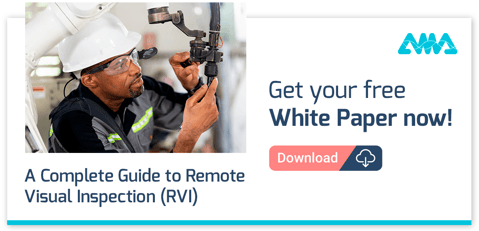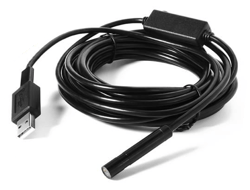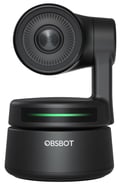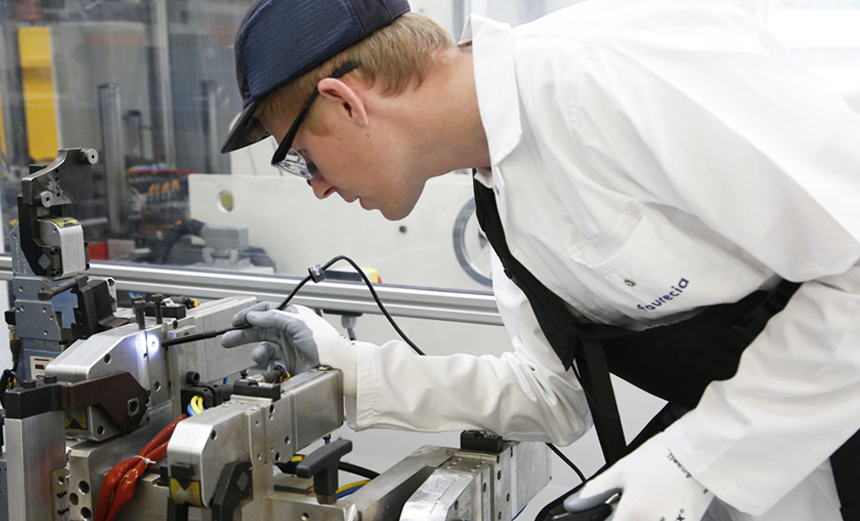Remote Visual Inspection (RVI) is a process to visually inspect an element remotely that needs both hardware and software to operate. Primarily used for safety concerns and cost reductions, this technique is ideal for inspecting sites that are unsafe for human intervention. Thanks to the technologies like 5G, Machine learning and Augmented & Assisted reality that is automating and making RVI accessible to industries easily.
However, Remote Visual Inspection isn't about 100% replacement of a workforce. Moreover, it's about empowering your workforce and mitigating risks without comprising the safety and health concerns of your workforce, with added productivity. Remote Visual Inspection includes inspection of areas or objects that are inaccessible with the bare eyes, without having to disassemble machinery or surrounding structure. This inspection technique is also known as NDT: non-destructive testing and can evaluate material, components, and properties. The method is ideal for remote collaboration projects to inspect a building, machine, or worksite.
RVI dates to the 1970s and can be done in a confined space with fewer expenses, ensuring safe inspecting conditions. Some basic components are video cameras, a light source tool (lens), and video transmission software that can take pictures and archive data so that an inspector can view the machine or a site from a distance.
Remote Visual Inspections are ideal for?
- Limited or no physical access to the site includes chemical or risk areas that limit site inspectors for safety reasons. This can also facilitate both employees and clients in this critical pandemic period.
- Unavailability of immediate experts: RVI is ideal for those sites where experts are not available, or inspectors are working on different sites.
- Restricted sites: Inspectors can tap into sites that are affected by travel bans or any kind of restrictions.
What are the key benefits of remote visual inspection?
- #1 Health risk mitigation
Remote inspection tools and technologies can help to mitigate risks that are caused by the global pandemic. As of now with Covid-19 health risk, RVI helps to minimize the number of inspectors on site.
- #2 Real-time global inspections & faster decision making
With RVI, you can have one inspector or no inspector at all on the remote inspection site. This digital collaboration gives industries real-time access to extensive networks.
For instance, Henkel Bonderite, the premier brand for surface technology and process solutions had a competitive advantage by using remote inspection technology from AMA. They could get an expert involved for immediate support for line management using remote assistance.
At Bonderite, service experts look "over-the-shoulder" of the line operator using AR smart glasses and provide solutions through the inspection. The line management team confirms that remote visual inspection offered by XpertEye boosted the speed and reliability of maintenance processes, inspection quality checks, troubleshooting, and improved training activities.

RVI equipment today
%20(1).png?width=278&name=what-is-Assisted-Reality-Solutions%20(2)%20(1).png)
Tools used in RVI vary upon the use case. However, the fundamental concept is to view the inspection item remotely using a camera. Typically, RVI tools consist of digital cameras, borescopes, remotely operating pan-tilt-zoom cameras, fiberscopes, pushrod cameras, drones, and robotic crawlers, and come with intuitive software to collect visual data in real-time.

A camera is an essential device to document the inspection result. Normally, the person inspecting the site uses the camera on a device like a cell phone or smart glasses.

This optical tool is inserted during the time of inspection and consists of a flexible or rigid tube with a display at the end that is externally linked to photography or a videography device.
The borescope is commonly used in the visual inspection of the engines of automobiles, trucks, aircraft, and steam turbines. A similar instrument for medical purposes is the endoscope.
- Pan tilt zoom (PTZ) camera

If you need sharp footage from a greater distance or a wide-angle view of hazardous areas, PTZ cameras are quite ideal. They are mostly used for extreme visual inspections like underwater or nuclear power plants.
- Microscope

If an inspector needs to magnify images and gather visual data on for instance markings produced on the paint of an aircraft wing, then a microscope works best. It offers the ability to measure the depth, width, and length of markings.
How is AMA expanding RVI?
AMA's remote inspection technology has a variety of use cases. With 10 years of experience working in +800 projects in +100 countries, AMA's solutions are easy to deploy. XpertEye Advanced combines a smartphone, connected to external video sources such as smart glasses, borescope, fiberscope, PTZ camera, and many others to facilitate remote visual inspection for a wide range of use cases. It is a powerful cost-effective solution to visually inspect (hard-to-access) locations and enables accurate and reliable inspections.

